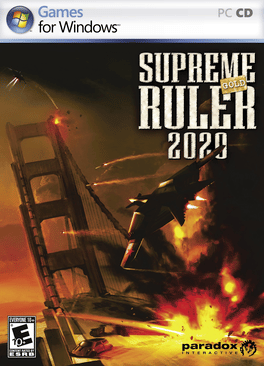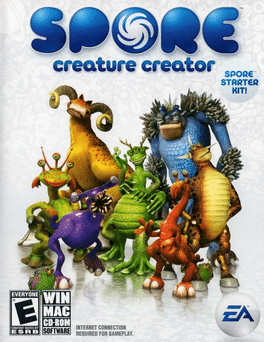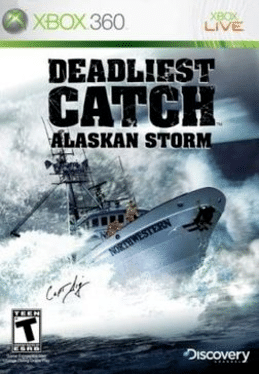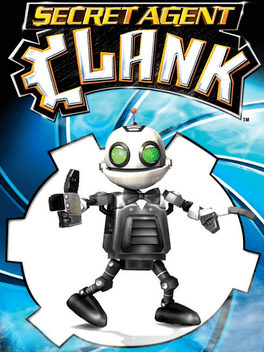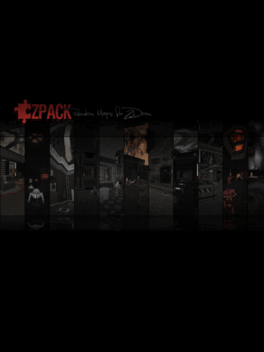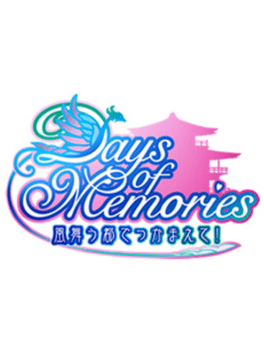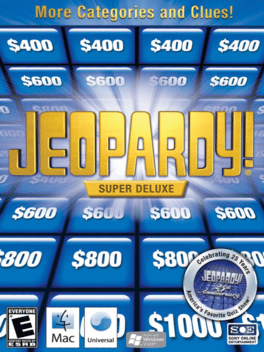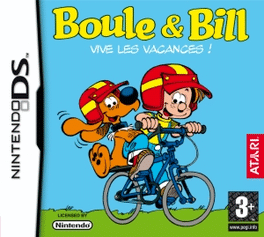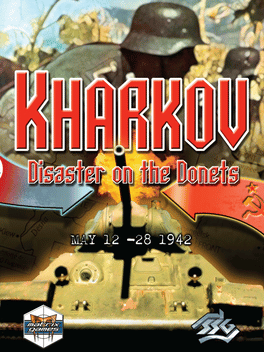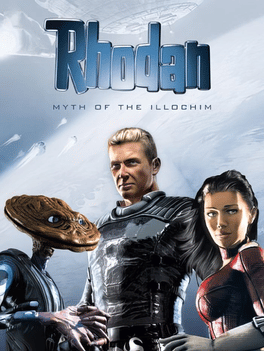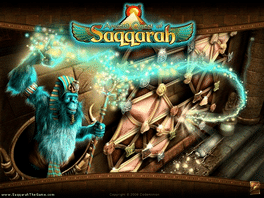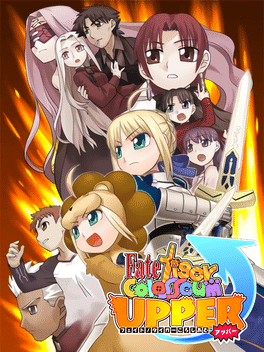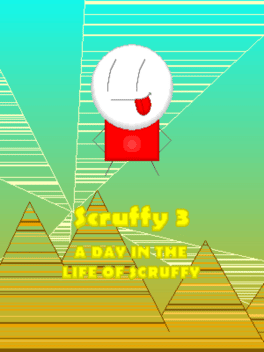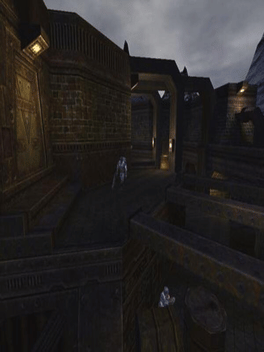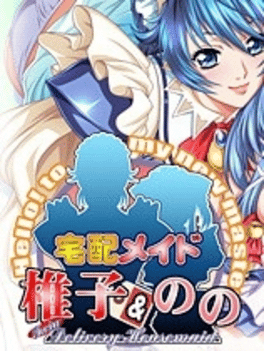New Games - Page 9970
-
DarkStar One: Broken Alliance
2008
star 6.7In Darkstar One - Broken Alliance, command the mysterious spacecraft, the Darkstar One, allowing near infinite customization capabilities using the latest and even mysterious alien weapons and technologies. Blast into space for in-your-face 3D combat in full 1080p High Definition, explore over 300 alien worlds, buy and sell cargo or services, all while exploring a vast and beautiful universe in a quest to uncover the mystery behind the main character's father. -
Petz: Dogz Fashion
2008
-
Supreme Ruler 2020: Gold Edition
2008
Supreme Ruler 2020 Gold contains Supreme Ruler 2020 and the expansion, Global Crisis. Supreme Ruler 2020 Overnight, the US dollar crashes and the sound echoes across the globe. The economic crisis amplifies global instabilities and regional disputes, tearing the world asunder. Nations dissolve, economies collapse, and tensions escalate. Anarchy reigns supreme. The world needs a leader. Supreme Ruler 2020: Global Crisis At the core of the expansion pack a whole new sandbox style campaign paints a new and far more intricate portrayal of the world of 2020 based on many of the ominous events from recent real-world headlines. The possibilities to change the underlying storyline for new play experiences are limitless. Sophisticated strategic & tactical military command system. Select from hundreds of real-life military vehicles. High-Res NASA satellite imagery. Super sandbox mode offers unlimited customization & replay value -
Spore Creature Creator
2008
The Spore Creature Creator is a software that allows players to create their own creatures with a standalone version of the Creature Editor from Spore. -
Imagine: Rock Star
2008
-
Deadliest Catch: Alaskan Storm
2008
star 7.5Deadliest Catch: Alaskan Storm is a simulation computer game for the Xbox 360 and Microsoft Windows developed by Liquid Dragon Studios and published by Greenwave Games. The game was created by Northwestern Games. -
Secret Agent Clank
2008
Secret Agent Clank
2008
star 7.8Secret Agent Clank is a platform video game developed by High Impact Games and published by Sony Computer Entertainment. It was released for the PlayStation Portable (PSP) in 2008 and later for the PlayStation 2. The game is a spin-off from the popular Ratchet & Clank series and features Clank as the main character in a secret agent role. In the game, Clank dons his "Secret Agent Clank" persona, which was previously seen in brief TV show segments within the main series. The story revolves around Clank working to clear Ratchet's name after Ratchet is framed for a crime he did not commit. The gameplay diverges from the traditional Ratchet & Clank format, focusing more on stealth and gadget-based play, though it retains the series' trademark humour and style. -
ZPack: Random Maps for ZDoom
2008
ZPack - Random Maps for ZDoom is a 2008 megawad by members of the ZDoom community which contains 30 levels, divided into three 10 map episodes. It requires ZDoom 2.2.0 or later to play (or alternatively, GZDoom 1.1.0 or later). Although the maps are divided into episodes and use the ExMx lump name scheme, the wad is for the Doom II IWAD. -
Days of Memories: Kaze Mau Miyako de Tsukamaete!
2008
This game concludes the previous two titles and is staged at a place similar to the last two entries. -
Jeopardy! Super Deluxe
2008
Test your knowledge with this super-sized version of the Jeopardy! PC Game! Quiz yourself or challenge the computer’s contestants for control of the board. Lightning fast skills, correct responses and wise wagers will give you the lead. Respond incorrectly and you’ll need quick wits to rebuild that bank and jump back in command before you find yourself in JEOPARDY! FEATURES Over 3,500 challenging clues from the TV show! All the levels and extras you love – JEOPARDY! DOUBLE JEOPARDY!, Daily Doubles, and FINAL JEOPARDY! Sharpen your skills on three different levels of difficulty. Daily Clue: new clues daily to keep your game fresh. -
Kharkov: Disaster on the Donets
2008
Kharkov: Disaster on the Donets is a computer wargame developed by the Strategic Studies Group. The game depicts the historical World War II battle known as The Second Battle of Kharkov or Operation Fredericus. -
Perry Rhodan: Myth of the Illochim
2008
For nearly 3000 years the astronaut Perry Rhodan, who has become immortal through a cell activator, has controlled the fate of his people, when suddenly an explosion shakes teh centre of the Terranian Power. During this explosion Perry Rhodan`s immediate confidante Mondra is kidnapped by extraterrestrial combat robots. Alone he tries to find the true reasons for the irruption as well as the manipulators behind the consipracy. During his search he discovers recordings about the myth of a thought to be dead, extraterrestrial race that had enslaved humanity a long, long time ago - the Illochim. With bravery, cleverness and brilliant investigation, he manages to light up the darkness.. His untiring search leads him to many foreign races across teh galaxy, away from his mother planet Terra to the subterranean colonies of the planet Gom Callaedus in undiscovered enemy territory. While fighting with organ traders and exiled criminals the secret behind the ganerous incidents is finally solved: the truth about the awakene -
Ancient Quest of Saqqarah
2008
A casual match 3 game with an Egyptian setting, but it has a variations of the match 3 concept. With over 500 puzzles it has a lot of content. -
Fate/tiger colosseum Upper
2008
Fate/tiger colosseum Upper is a 3D fighting video game based on the visual novel Fate/stay night and the sequel to Fate/tiger colosseum. The characters are all rendered in a super deformed style. The game takes place after the events of Fate/tiger colosseum and adds additional characters to the roster. -
Explore or Die
2008
Explore or Die
2008
Around medium sized base map with Cr8 textures and somewhat non-linear gameplay relying on exploration (for ammo). Comes with a custom skybox and support for colored lighting. -
Takuhai Maid Shiiko & Nono
2008
Another round of otaku celebrity lottery is held with the winner getting authentic maid experience provided by Shiiko and new intern maid Nono.



